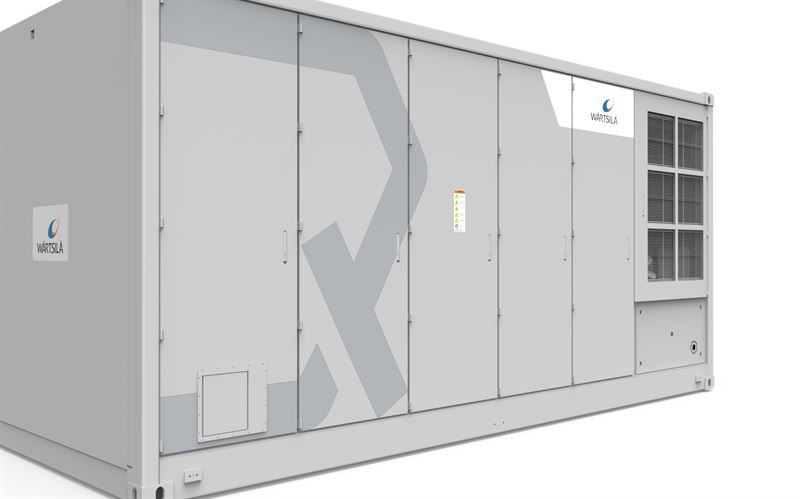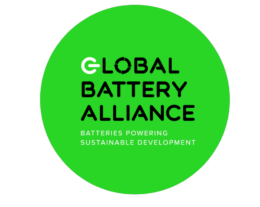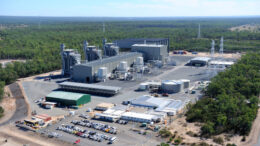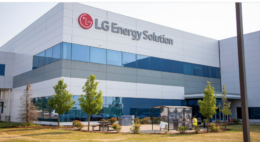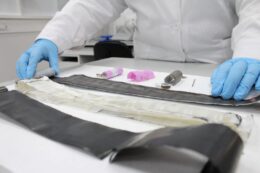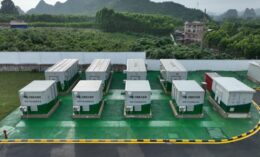1.5 GWh battery project in the Netherlands secures building permit

After unveiling the project earlier this year, Dutch developer Lion Storage announced Monday that its flagship battery energy storage system (BESS) project Mufasa has reached a major milestone as its building permit had been granted irrevocably.
With a power output of 364 MW and capacity of 1,457 MWh, the project is poised to claim the title of the largest utility-scale BESS in the Netherlands once operational.
Mufasa will be strategically located in the Vlissingen port (North Sea Port), one of the upcoming energy hubs in the southwestern Netherlands.
The project will have direct access to TenneT’s high voltage grid and be situated close to several large-scale hydrogen electrolysis and offshore wind projects under development. It is slated to start commercial operation in 2026.
BESS operated on a full merchant basis
As it announced the Mufasa plans in February, Lion Storage said that the four-hour BESS project will be operating on a full merchant basis. It will be active in all wholesale power and ancillary services markets, facilitating further integration of renewable power on the power grid, while offering system services ensuring system balance, grid stability, and long term security of supply.
Founded in 2021, Lion Storage says that it has developed a portfolio of energy storage projects thoughout the Netherlands with a combined capacity exceeding 1 GW. However, no other project besides Mustafa has been publically announced yet.
Lion Storage says on its website that its projects are “typically located where landfall of wind and solar power and local grid configurations create the greatest need and most attractive opportunities for energy storage.”
Its utility-scale storage systems start at 100 MW and higher and are all connected to the high voltage electricity grid. All projects in Lion Storage’s portfolio are targeted to be operational by 2030.





